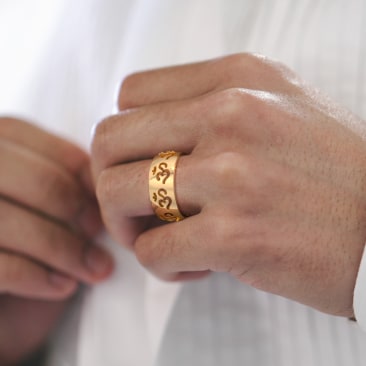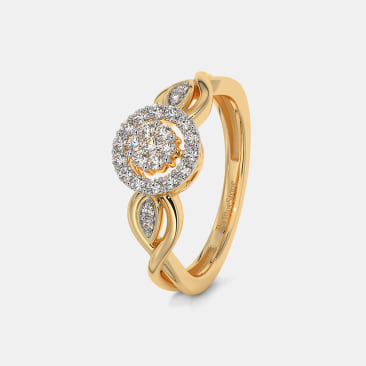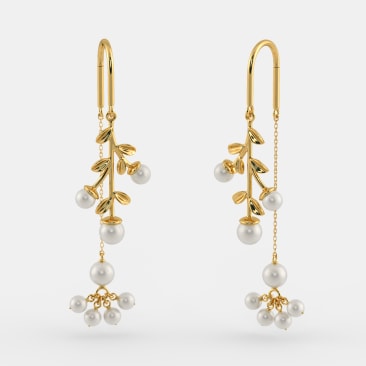Making Charges and wastage charges in gold jewellery
What are Making Charges in Gold jewellery
When you fall in love with a piece of gold jewellery, and decide to purchase it, you don’t just buy the piece, you invest in a design conceptualised by the designer, the effort and the artistry that it takes for the craftsmen to shape, polish, cut and mould that gold into the design you choose.
Pure gold in its raw form is quite soft and needs to be made strong enough so that intricate designer jewellery can be crafted from it. This is usually done by combining the gold with specific metals – each of them make it stronger (and therefore more durable), and they are also used to colour yellow gold into rose gold or white gold.
So, with making charges, you’re not just paying for the design, you’re getting a stronger, more durable piece, with gemstones (if any are used, they are cut to the shape that best brings out the design). The purity of gold (whether 14KT, 18KT or 22KT) and the weight of the gold, all go into determining the cost of the making charges. Naturally, if the design element is more intricate, there will be a greater time investment and artistry that goes into its making, and so, the making charge for it may also vary accordingly.
Why do I have to pay Wastage Charges?
Crafting jewellery pieces out of a gold bar requires melting gold, cutting it and shaping it into the jewellery piece, in the process it’s possible that some amount of gold gets ‘wasted’. Studded jewellery created also could result in a small amount of gold getting wasted. Traditional jewellers always keep a margin for the amount of gold wastage usually charged to customers at a percentage.
Modern methods and technology used, are generally more efficient in how they use gold, minimising the wastage that occurs while crafting the design pieces.




